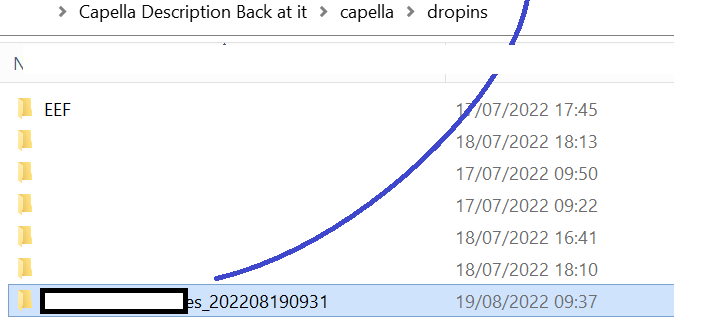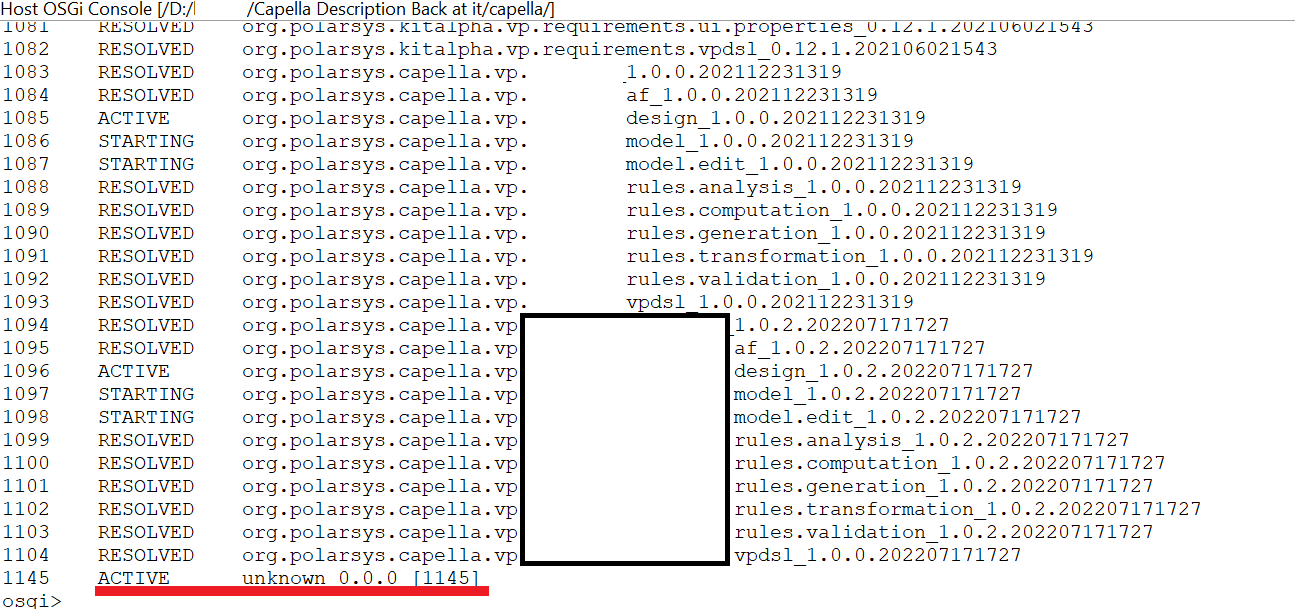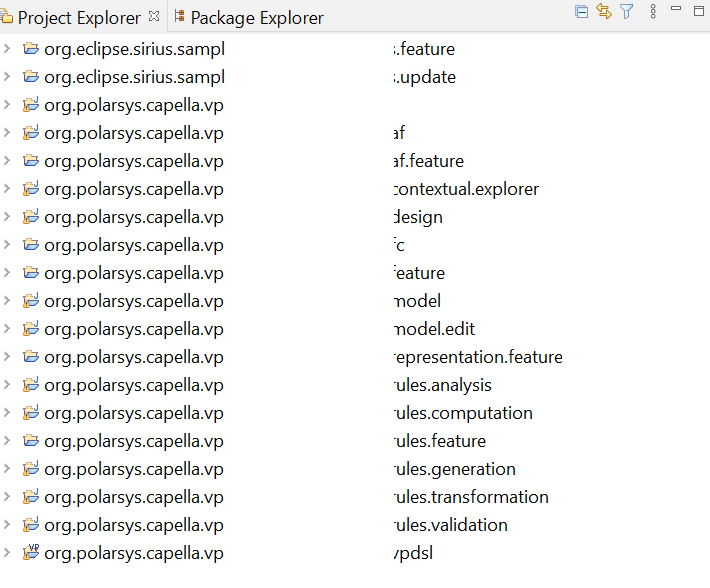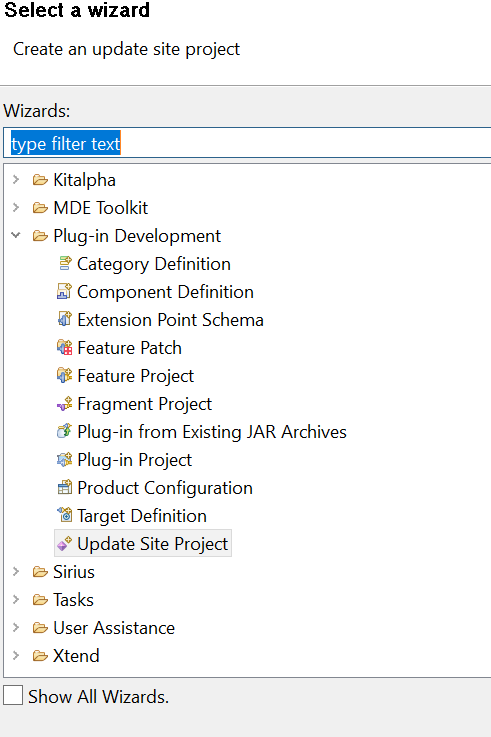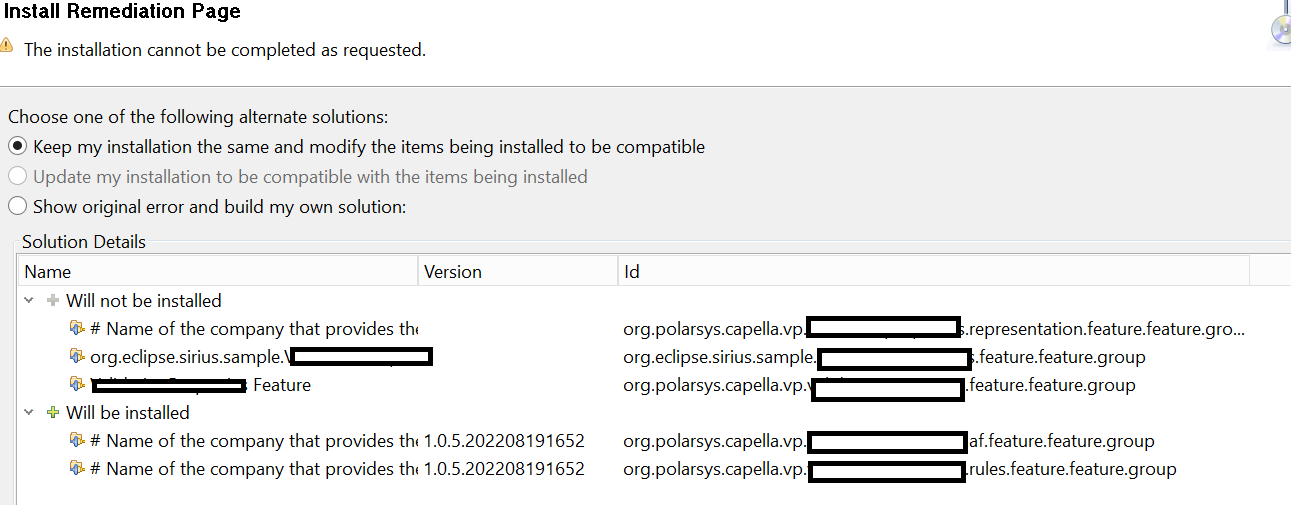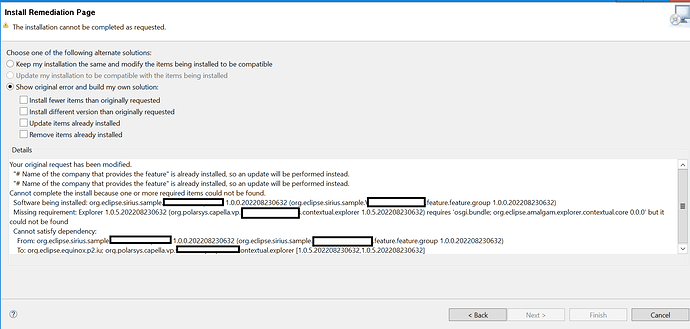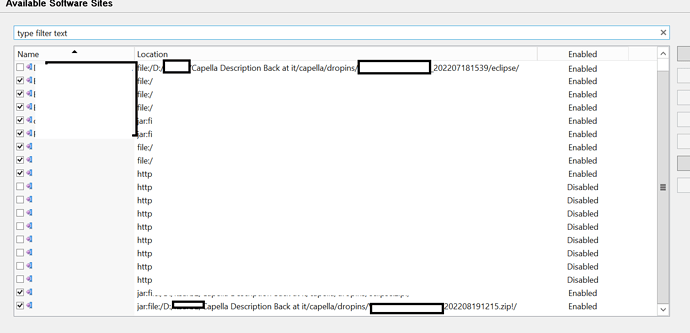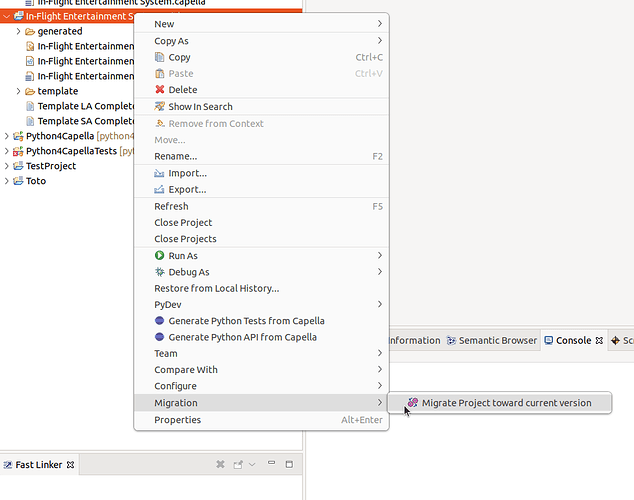What do you mean? I have 2 screenshots, one with bundles from 1135 to 1144 (this one is the version of extenstion that works okay (made in a capella studio from disk2)).
When I “remove” this extension and install(drag and drop) the new extension made in a capella studio from a different disk (disk1) (I just take the workspace from disk2 and paste it into a capella studio of the new disk1)… well that is translated in Capella by the screen shot with only the 1145 bundle (which is classified unknown).
I wanted to make it clear in case that could help in any way. Please tell me if it’s not clear, I know it seems complicated with all my different disks/ different Capella studios, and thus different screenshots/different bundles.
To summerize, when it does not work, forcing installing and starting the extension only gives one single “unknown” bundle (the 1145)
→ So I don’t know why said: ( all bundles of the feature seem to start as well)
__
By the way, I don’t have access to disk2 right now (the one who does not produce problems), that’s why this problem is even more important to me. It means I have the workspace from disk2, I can modify my odesign by copy pasting the workspace of disk2 into my actual available disk…1, but I cant use the results of my work because packaging the extension produce a package that is not reconized by kitalpha manager (inside a capella with Python4Capella) I can only start a new Capella installation, install all my addons (eef, sirius, capella req…) AND install Python4capella, THEN bring the new addon. That’s lot of time as you can expect.
(My work (addons made by Capella Studio) relies on Python4Capella a lot, the problem is I have to choose: either I work with P4C => I have to deal with the problem of non reconizable addons in dropins, OR I don’t work with P4C (fresh new capella installation) → My dropings are always reconizable by kitalpha manager.)
Ok now back to your suggestion:
I need to make a text file in xml format, where i will start with <?xml…> < site>…and end with < /site>
inside this i shall create xml lines such as:
< feature> XX < /feature>
XX would be the names of the folders seen in the Poject Explorer of Capella Studio?Like this:
Just making sure to use the right version (available in the vpdsl config file)
and then < category-def…> I can use any word/description.
And that’s how my update site is “done”?
Then I have to add it inside the “eclipse” folder? (Next to “features” and “plugins” folders"), something like that?

